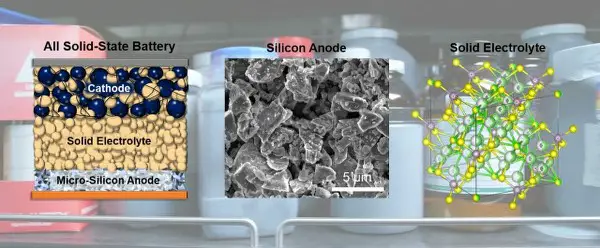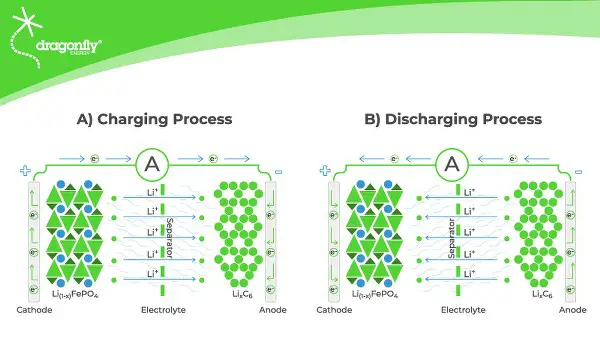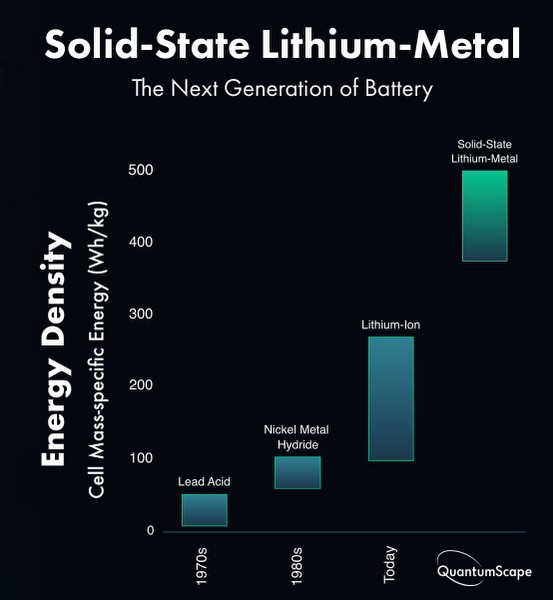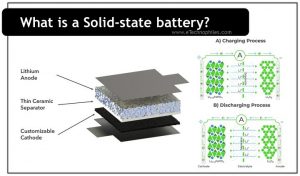Last updated on April 5th, 2024 at 01:30 pm
Batteries are a part of our daily lives, powering anything from watches to computers, and cell phones. But have you ever seen a smartphone explosion? The explosion happens due to their batteries, as they use a liquid electrolyte.
The liquid electrolytes are flammable and chances are high for an explosion. So, a better alternative is to use a solid-state battery. In this article, we will discuss solid-state batteries.
Table of Contents
Solid electrolytes are inflammable and the chances of explosions are negligible. So, solid-state batteries are the future solutions for battery technology in consumer electronics and electric vehicles.
Is the concept of solid-state batteries feasible?
Yes, the work on solid-state batteries has been going around for more than a century. But, solid-state battery technology is constrained by cost, economics, performance indicators, and industry chain support. Hence, till now this technology is not that common in everyday applications.
Quantum Scape has developed a solid-state battery that can charge from 0% to 80% in 15 minutes, whereas many electric vehicle companies have already invested in this technology and are expected to use it from 2025.
What is a solid battery?
Solid state batteries use solid electrodes and solid electrolytes. These batteries can charge quickly has high energy density. The batteries are inflammable and last longer than traditional batteries.
Hence, solid-state batteries can be used in a wide range of applications, including electric vehicles, and medical devices like defibrillators and pacemakers.

Solid-state batteries were introduced by John Goodenough who is the father of lithium-ion batteries.
Solid state batteries consist of a cathode and an anode that are separated by an electrolyte medium that allows the charged ions to travel through them. Lithium cobalt manganese oxide is used as a cathode and a lithium metal layer as the anode. Solid electrolytes used are in the form of ceramics, glass, sulfides, or solid polymers. Read more.
How does a solid-state battery work?
Solid-state batteries work same as the normal batteries (redox reactions).

**Image courtesy: Dragonfly Energy
Discharging process
During discharging, positively charged ions move from the anode (negative electrode) to the cathode (positive electrode) through the electrolyte. The cathode becomes positively charged, which attracts electrons from the anode. But electrons cannot move through the electrolyte.
Thus an external circuit is required for the electrons to move. Hence electrons move from the negative electrode to the positive electrode through an external circuit. In this way, power is delivered to the connected load.
Charging process
During charging, the reverse process happens. The positively charged ions flow from the cathode to the anode, making the anode positively charged. Thus the electrons move towards the anode across a circuit from the cathode. When no more ions exist to flow to the anode, the battery is considered fully charged.
Advantages
Solid-state batteries have multiple advantages as compared to traditional batteries. They offer high energy density, better safety, and a longer lifespan. Now let us at their advantages in detail:
- Solid-state batteries are smaller in size and lighter in weight. Hence they can be a part of mobile power applications, boats, airplanes, and other electric vehicles.
- They are able to deliver 2.5 times more energy density than traditional lithium-ion batteries. Hence they are ideal for creating high-capacity modules and packed electric vehicle (EV) battery systems.
- Solid-state batteries provide a better safety experience. It uses a solid electrolyte that doesn’t have any flammable components. Hence it is less prone to catching fire and has a longer lifespan.
- They can be recharged quickly. i.e., It recharges 4-6 times faster than current battery technology.
- Solid state batteries can have a much faster production using fewer materials and energy.
- They have excellent thermal stability i.e., they are able to withstand lower or higher temperatures with better battery life.

**Image courtesy: QuantumScape
Disadvantages and challenges faced
It has been proven that it is very difficult to make solid-state batteries work. There are multiple challenges in making effective solid-state batteries.
- Production costs of solid-state batteries are relatively higher as it is an emerging battery technology and since its manufacturing is not happening in mass quantities.
- Solid state batteries have high internal resistance at solid electrodes/electrolyte interfaces which slows down the fast charging and discharging process.
- Accumulation of electrode material is treated as an inherent chemical flaw that degrades the battery’s life after a number of charge-discharge cycles.
- Mass production and manufacturing of solid-state batteries is a difficult task. This is due to the unavailability of perfect solid electrolyte material.
Until now, no solid electrolyte with ideal ionic conductivity has been found.
Do electric vehicles use solid-state batteries?
Yes, some electric vehicles use solid-state batteries. They are the most promising technology for future generations of batteries in the field of electric vehicles. Solid-state batteries offer high thermal stability and a longer lifespan. Hence they are safer and more efficient than traditional electric vehicle batteries.
According to Transport and Environment (T&E) commission, solid-state batteries can store more energy using fewer materials and are able to reduce the carbon footprint of an EV battery by 39% by using sustainably sourced technology and proper materials.
Solid-state batteries are likely to be used in almost every electric vehicle from 2025. Automobile giants like Ford and BMW will begin testing them in late 2022.
FAQs
How long do solid batteries last?
Solid-state batteries have a longer lifespan (around 10 years) i.e., they can have 10,000 charging and discharging cycles.
Can solid-state batteries explode?
No, the chances of a battery explosion are very less. Since it uses solid electrolytes.
Which major companies focus on solid-state batteries?
Companies like Blue solutions, Quantum scape, and Toyota motor corporation are working on solid-state batteries.
